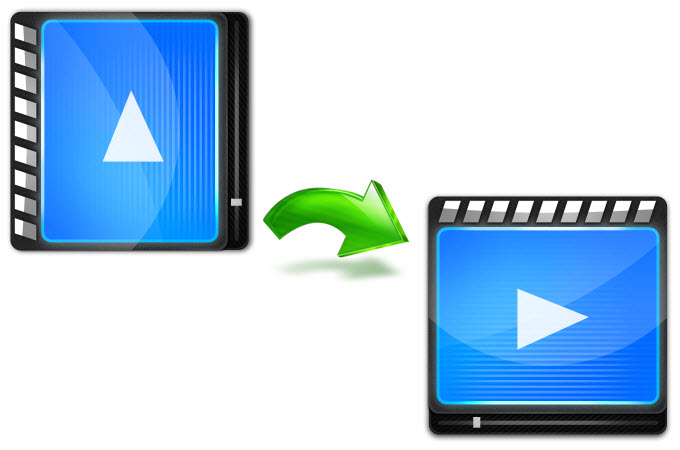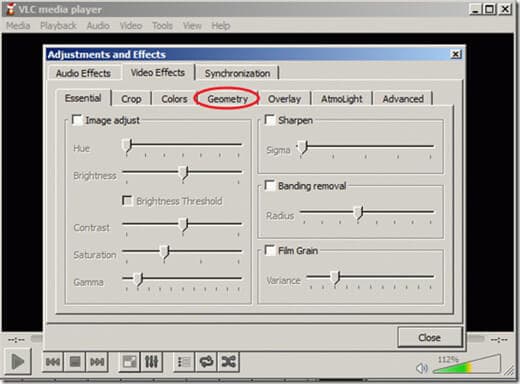

You will see a small traffic cone (vlc icon) on the right bottom corner of your video thumbnails indicating it.

VLC Player by design associates itself to the common media file types as such as. Click next couple of times and wait for it to show finish button. Head over to the official website and click “ Download VLC“, save the file and run the installer.

Not only it can play, but it can also convert/stream/save videos played from Internet or Local network. It’s the most versatile media player can play almost any audio or video file extension that exists. VLC is the crowned king of multimedia files playback. The command is fast and will work for video players (such as VLC and MPV) that support can handle rotation metadata.How to convert video and maintain the video rotation in VLC Step 1: Download and Install VLC Media Player fmpeg -i input-video.mp4 -map_metadata 0 -metadata:s:v rotate="90" -codec copy output-video.mp4 As a workaround, user can use this command instead to do the rotation in the metadata. The last command can take quite a few minutes since it needs to re-encode the video. Depends on the video size and your CPU, the process may take a few minutes. This command however will re-encode the video. In my case, the command is: ffmpeg -i ~/Videos/aisha.mp4 -vf "transpose=1" -acodec copy ~/Videos/aisha-rotated.mp4 It will speed up the command quite a lot! (Thanks to Roman Sheydvasser) Add -c copy (or -codec copy) will copy all the frames instead of doing decode -> filter -> encode process.

3 – means rotate by 90 degrees clockwise and flip.2 – means rotate by 90 degrees counterclockwise.1 – means rotate by 90 degrees clockwise.0 – means rotate by 90 degrees counterclockwise and flip.In the command, the number in “ transpose=1” can also be: Now you can run the single command to rotate a video: ffmpeg -i input-video.mp4 -vf "transpose=1" -acodec copy output-video.mp4īefore this command, you may first navigate to the video folder either via cd command (e.g., cd ~/Videos), or in file browser go to the folder and right-click blank area and select “Open in Terminal”. To make sure, open terminal (Ctrl+Alt+T) and run command: It is very popular and most likely already installed on your system, if you have any audio, video, and other multimedia relevant applications installed. FFmpeg is a large suite of libraries and programs for handling multi-media files and streams. Firstly install FFmpeg if you don’t have it.


 0 kommentar(er)
0 kommentar(er)
